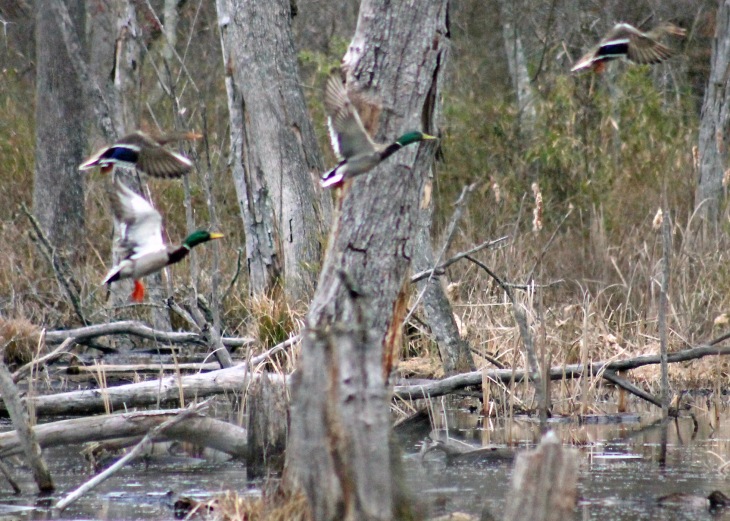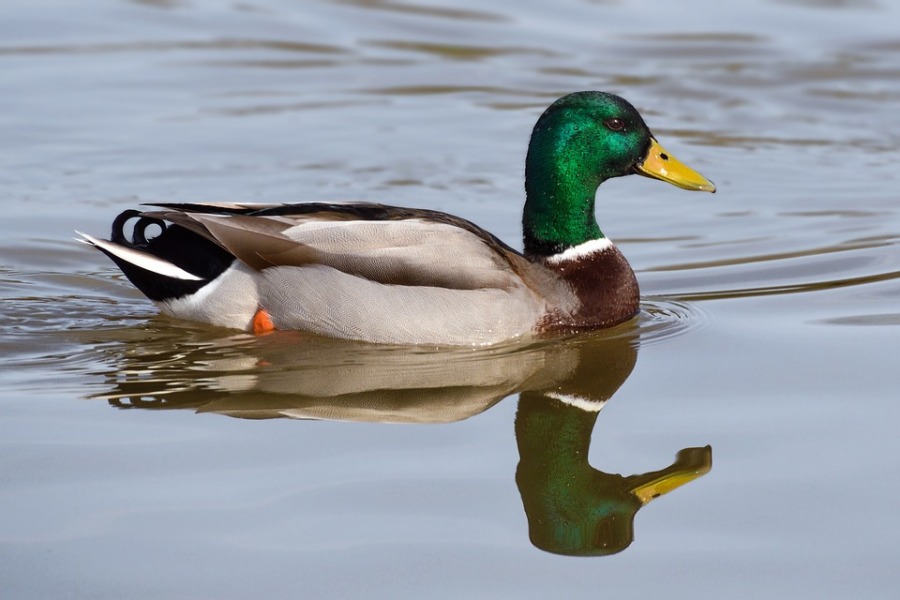There are basically two kinds of duck hunters that go on a Texas Coastal duck hunting trip – those that have experienced lights-out inundated timber shoot for greenheads and the remaining anglers. As anglers do it once then, you get addicted to it.
A quick limit will leave the anglers wanting for more and wanting to go on a duck hunt again and pursuing a great hunt. When this happens, the feeling is beyond description for the anglers.
Looking at a chunk of greenhead ducks weave down through the blind and then land at your feet. The choice of running your duck call as hard, loud and fast like you want with no fear of blowing out the ducks provided they are not right on the kill hole.
This requires anglers to live and hunt with a few particular rules and tips, which are enlisted below. Read on!
Explore the Tips to Successfully Hunt the Green Timber Mallard on Your Next Texas Coastal Duck Hunting Trip:

- Public Hunting Strategies: Your success might vary on your Texas Coastal duck hunting, but there cannot be lack of effort and you need to scout persistently. This together with time in the woods leads to several exceptional greenhead duck shoots, but the key to success here is putting in time, observing where exactly the ducks are going and then trying to use that spot the next morning. It is not simple and nearly all novice duck hunters struggle doing this successfully, which is why they must go on their initial duck hunts with an experienced Texas Coastal duck hunting A professional duck hunting guide can teach you the right approach to make a duck call, scouting and setting duck decoys. If you do not take a professional duck hunting guide’s assistance then, be ready for your failure. It is also beneficial to be acquainted with the current rules of the hunting spot that might differ depending on the location. Scouting public timber is very difficult and even if you have done your homework will, it may not always work out as expected. Many hunters scare the ducks while out for scouting or the greenhead duck might won’t cooperate the next morning, but still you must try to get as close as you can to the ducks & drag your feet on the forest floor if you are in the water to avoid making as much noise. The sunny days are best for greenhead duck hunts, particularly because you can easily hide in the shadows of the trees with a rigid wind and then you must blow the duck call so that ducks know where exactly to land. When you are in the woods, louder is better if mallards are travelling overhead. Don’t hit them with the duck call as they are over you, rather make use of jerk rigs, give your decoys life and then pull that string which provides ducks an improved presentation. Do not jerk the rig while the ducks are flying overhead. It is a lot of hard work to be done on the hunting field, but if you do it in the right manner then it is all worth the efforts.
- Duck Calling Chops: This is one of the favorite strategies to hunt greenhead ducks in the timber in Texas Coastal. When you get a few fresh ducks make sure to call at them hard on the corners and as they are coming in, work the duck call slightly easier. At this time it takes even more aggression to seize a mallard duck’s interest. Make use of a mid-range duck call and choose your spots. You actually have to read the ducks and identify what they exactly want on that particular day. One of the most vital parts novice duck hunters ignore is the duck blind. Anglers can scout and work really hard on the field, but if ducks cannot get through the trees or they find an easier route to get through the timber close by then, ducks choose that route. So, prior to chucking a duck decoy, look up to observe if ducks can land in. Also you must have a clear canopy if you are working a huge volume of ducks and as they mob up, if one duck goes into a spot then, the rest are expected to follow. That is the time when having multiple excellent duck callers assists you to keep the duck’s attention. Timber duck hunting in Texas Coastal involve shooting ducks in the close quarters, therefore an open choke and shot-shells having high pellet counts works better compared to the one that is rusted-in additional full choke in your pump and a box full of No. 2s. Better cylinder and skeet chokes with Nos. 5 or 6 shot will hit and hunt the ducks just fine and it is an amazing opportunity for the anglers to shoot a 20- or 28-gauge.
- Magical Decoy Motion Strategy: Anglers generally revolve between three small holes while on a Texas Coastal duck hunting trip, so they do not make use of many duck decoys. Rather they focus on duck calling and jerk rigs. Hunters actually leave the duck decoys out the whole year, but in that size of a timber tree hole, the ducks are not really watching the duck decoys much. Tie your jerk rigs to the timber trees in order to create a motion because this is what the mallard ducks are looking for. The ducks have been shot at for months and then look to run away from the pressure, so anglers must get into the areas that most duck hunters might not and look for places that would not like to walk through. In the late hunting season, mallard ducks try to find the thickest objects they can to hide in. Effective duck reading usually comes with experience, but anglers can key on a handful of simple things while working duck groups. If mallard ducks are moving their heads then that usually means that they are in search for the hole so keep making use of feeder calls and pull the jerk rig if the ducks are not over you. And in case you see a duck group drop altitude 100 yards away then, hit the duck call hard to keep the ducks from stopping short.
The jerk string is the key to success on a Texas Coastal duck hunting trip and the above mentioned strategies can help you hunt the mallard ducks down there successfully.
